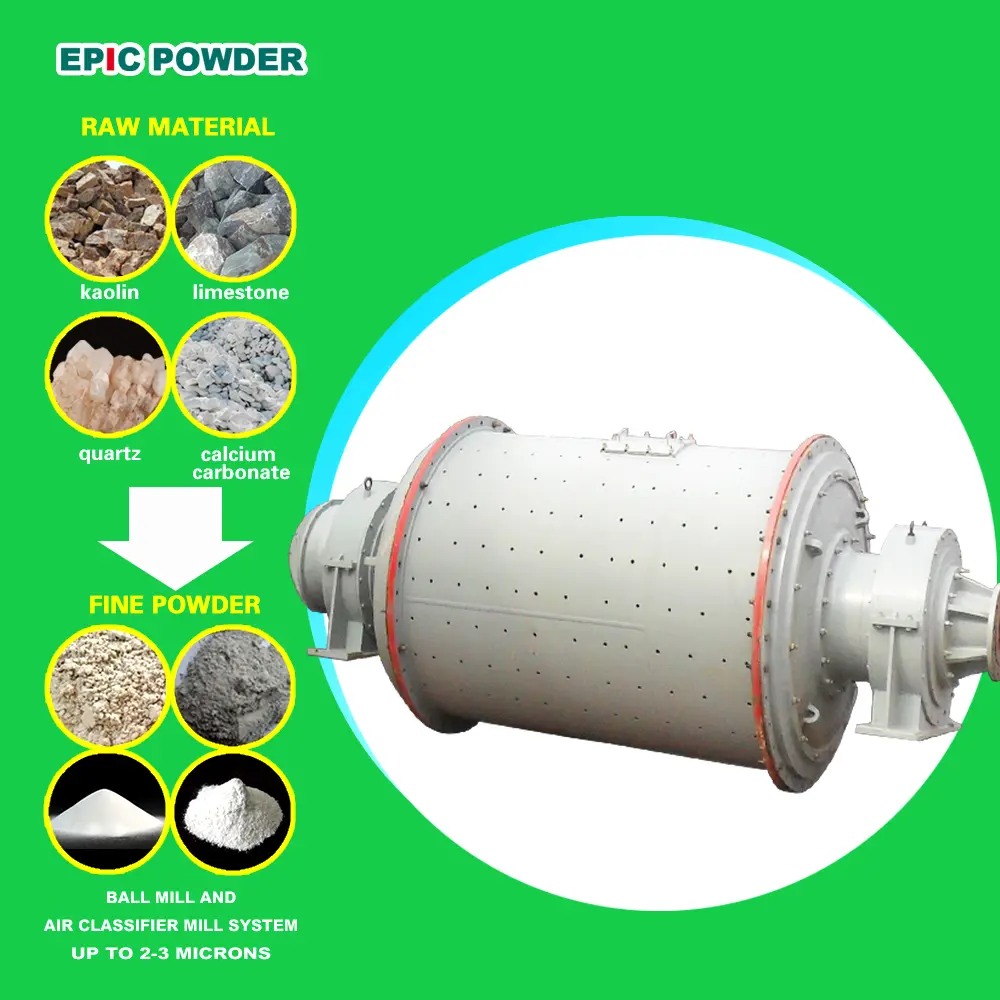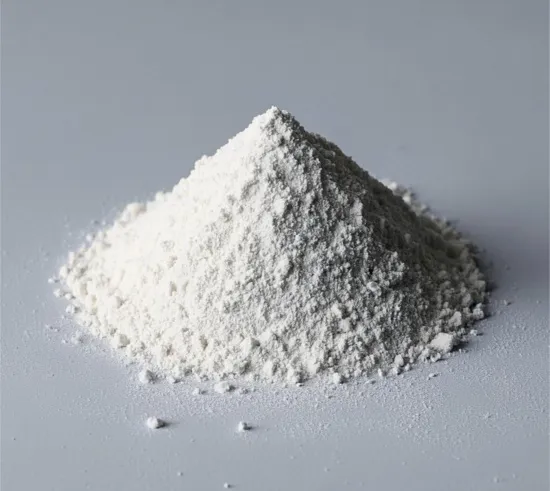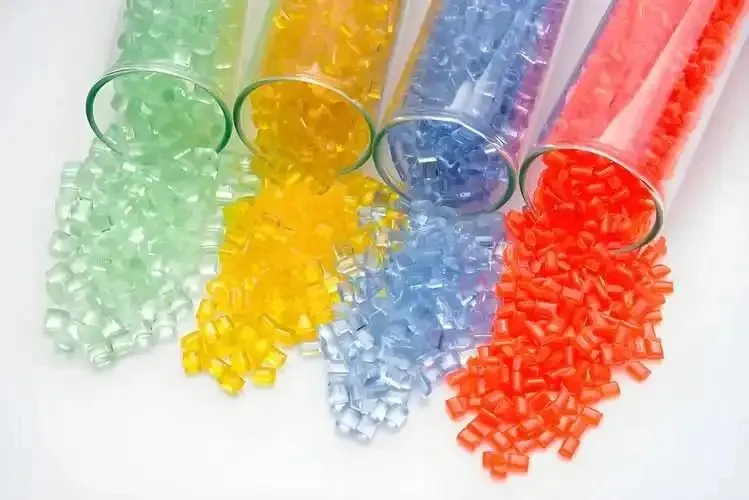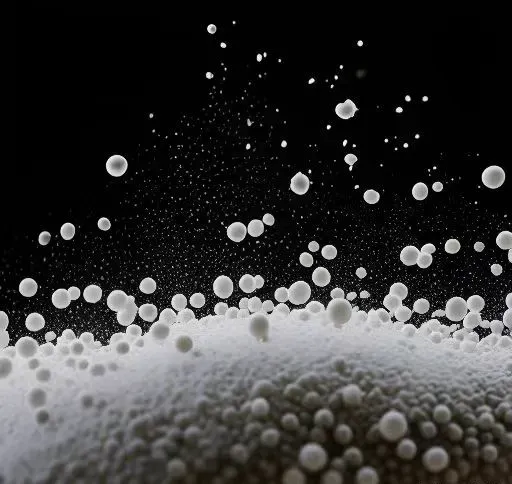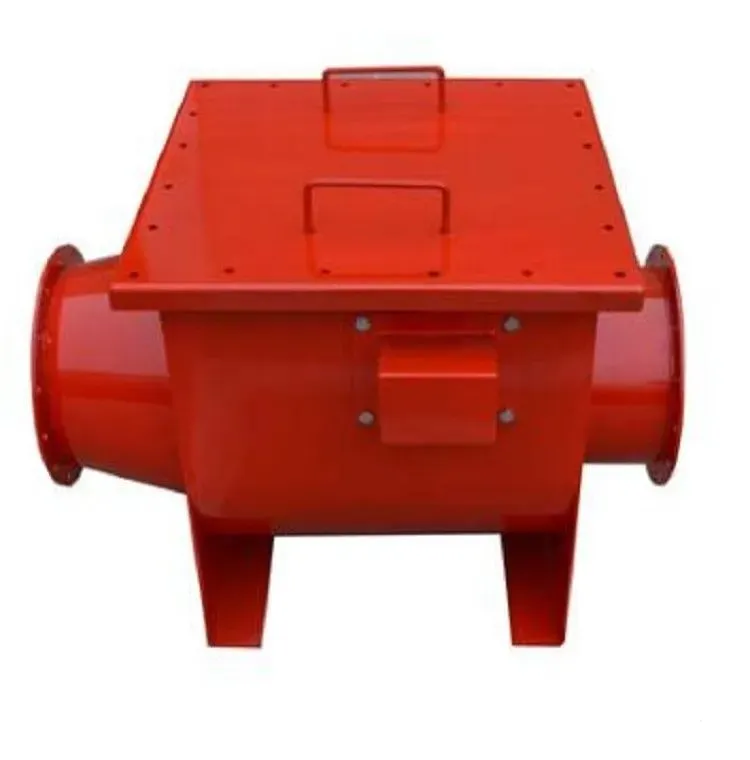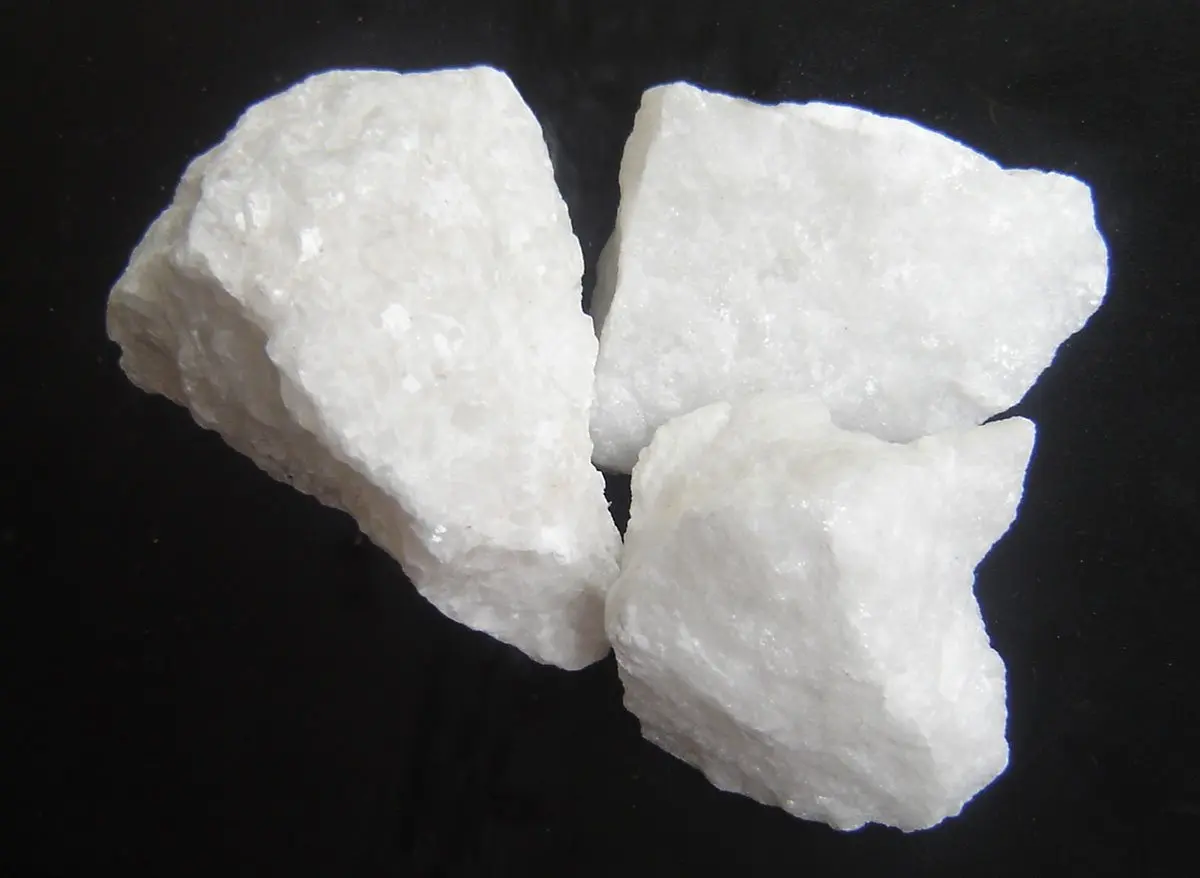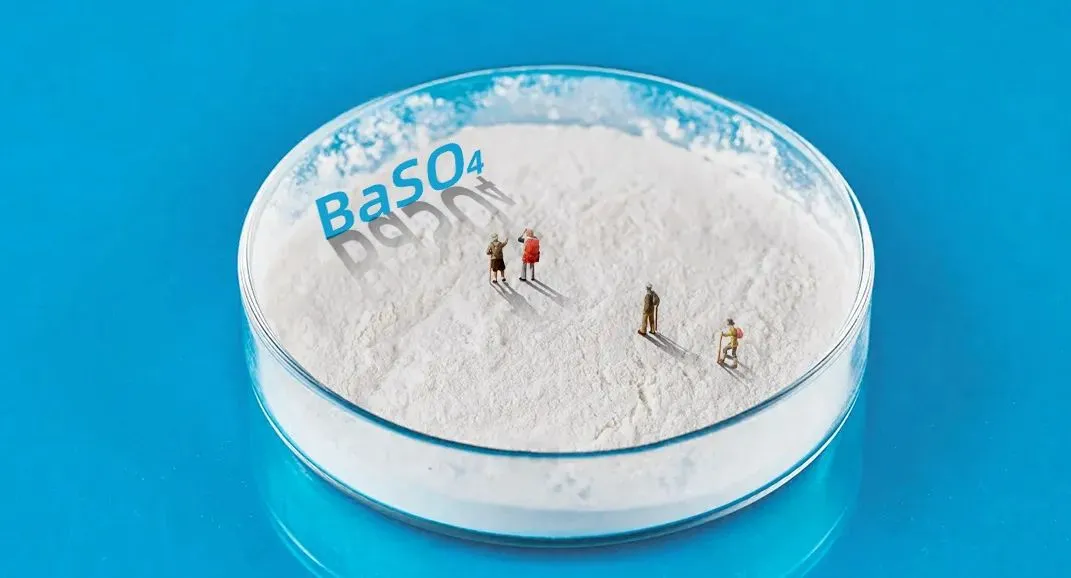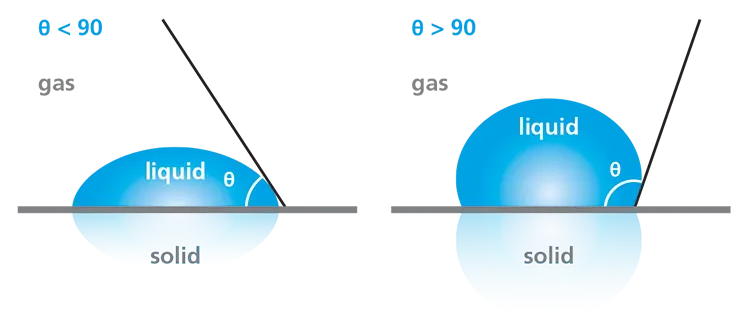1. Large output, low energy consumption, high classification efficiency.
2. Particle size concentration: The machine adopts an original vertical impeller for classification. Stable classification tech and special seals stop coarse particle leaks. So, the product has no large particles, a uniform size, and high accuracy.
3. Reasonable structure: 1-6 particle size products can be made at once, per user requirements.
4. It has strong applicability. It can work with various mills (air flow, mechanical, ball, Raymond, vibration) in closed or open circuits.
5. High automation: All impeller classifiers use electronic speed control. They also have automatic dust cleaning during the multi-box dust collection process. This improves the machine’s negative pressure stability.
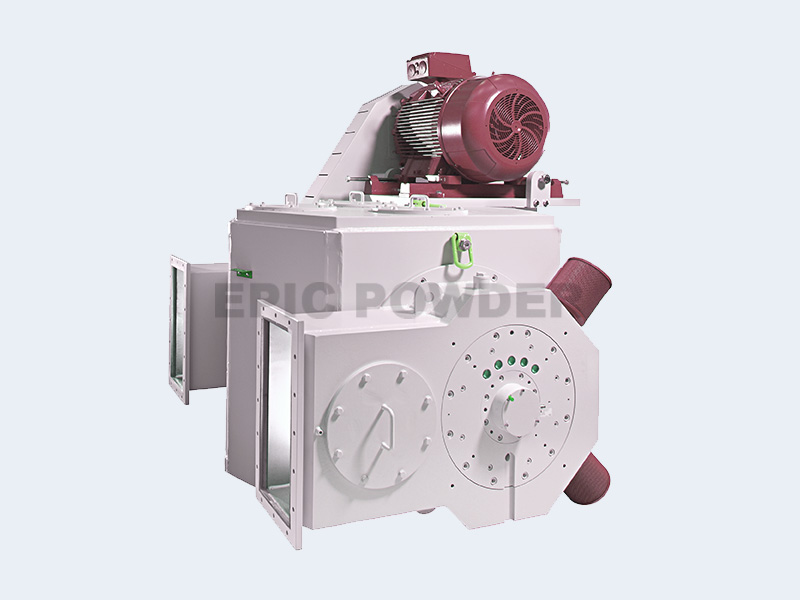
Maintenance method of multi-stage airflow classifier:
1. All lubrication points are lubricated with sodium-based grease or calcium-based grease.
2. Check the oil level in the reducer every shift. It should be at the oil needle mark. Change the oil every 6 months.
3. Check if the lower support or intermediate frame bearings and seals are worn. Also, check for bearing damage. Replace them if needed.
4. A manual dry oil pump must inject high-pressure oil into the bearing every 4 hours to maintain its seal.
For the equipment materials of the multi-stage airflow classifier, there are mainly three types: carbon steel, stainless steel, and carbon steel with wear-resistant protection. According to the characteristics of different materials, choose the appropriate equipment material.
The multi-stage air classifier of carbon steel costs less than the stainless steel and carbon steel with wear-resistant protection. For food and pharma, we use stainless steel equipment. It prevents pollution during classification. For harder materials like quartz, we use carbon steel with a ceramic wear-resistant coating. This extends equipment life and reduces the need for replacing parts.
Multi-stage airflow classifiers are widely used in the kaolin industry. Kaolin is a non-metallic mineral with kaolinite as the main mineral composition. It is mainly used for daily-use ceramics, building sanitary ceramics, and refractory ceramics. It is also a filler or white pigment for papermaking, construction, coatings, rubber, plastics, and textiles. Kaolin has been used in many industries.
At present, kaolin mainly relies on mechanical crushers and airflow crushers for fine processing. Mechanical crushers generally crush to about 700-1000 mesh. However, they increase the iron content in the final product. This is unsuitable for industries with purity requirements. Air crushers can crush to 1000-5000 mesh. Their products are finer and purer. For industries with high purity requirements, use multi-stage airflow classifiers.

